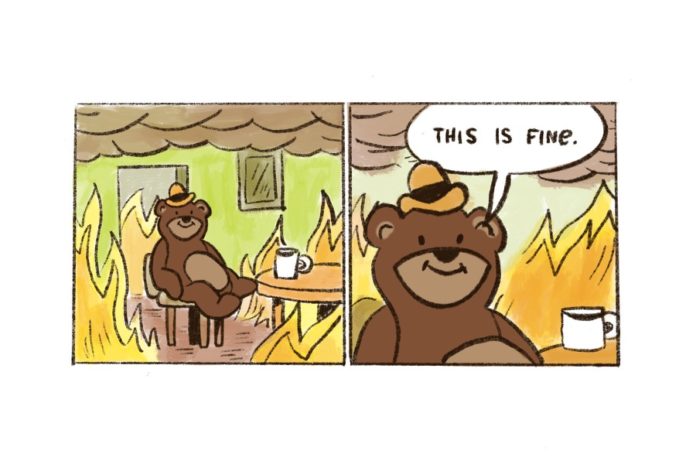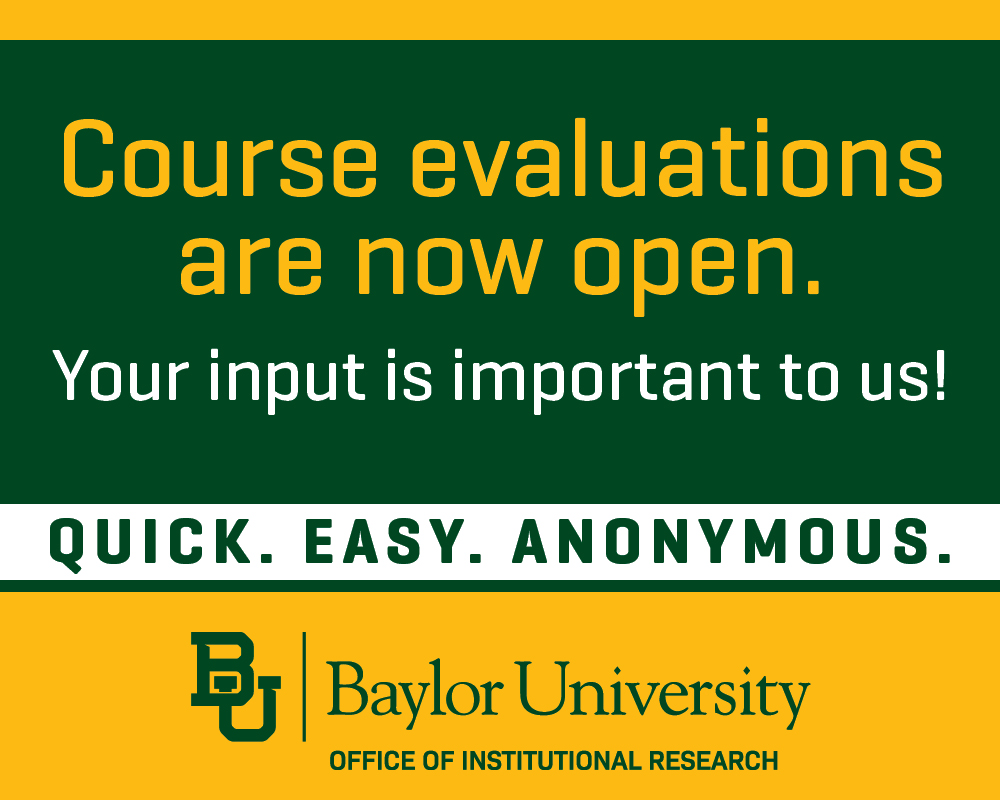Let’s be real for a second. If you’re a student, and you’re reading this, then you’re probably hitting an academic wall. You’re not alone; pretty much everyone is feeling the burnout.
Fall break lasted about as long as you’d expect one day to last — not that long. Baylor giving us one Friday off hardly constitutes a “break.” Out-of-state students barely had a chance to leave campus, unless they took off from class on Thursday or Monday, and some professors didn’t even honor the break.
Everyone was looking forward to taking a well-deserved break after returning to a fully normal and fully packed academic year. Fall break tried but ultimately failed to relieve students’ burnout, and for some, the “break” only served to throw them off from the only thing keeping them going during a massive burnout: consistency.
Fall break was just a tease. Now, students are ready for some real time off, and it can’t come fast enough.
A real period of rest is coming, as Thanksgiving break is only three weeks away. Hold on, push through and stay strong. Right now, just know that everyone is simply working toward the same light at the end of the same long tunnel.
After one or two years of going to class online from the comfort of your sofa, throwing yourself back into a completely in-person schedule can be pretty draining. These transitions may be the reason the burnout flames are flying higher than ever this year. As draining as the COVID-19 pandemic may have been — and continues to be — students were not prepared to take on the flood of a full semester.
Whether or not returning to normal enhances the academic stresses and struggles students are facing this year, one thing is certain: Burnout happens every year around this time, and fall “break” isn’t enough to fix it. So, what can be done?
Professors can make a big difference. As mentioned, some professors didn’t even respect the break. Some students had homework assigned on Saturday and due Sunday during the fall break weekend. Obviously, professors need to respect breaks, however short, along with weekends. They can check in with their classes to see how things are going and possibly lighten the load for their classes during harder weeks. This small effort can make a huge impact on the students’ mindset in knowing that someone is looking out for them.
There are also more transformational changes that could take place to spare students from slamming into a wall. Maybe it’s time to make a drastic change to the fall semester calendar. The spring semester has spring break, but the fall semester doesn’t really have an equivalent period. Yes, Thanksgiving break is a week long this time, but it comes at the very end of the semester.
After Thanksgiving break, students are essentially finishing up classes and studying for finals, but before that stand 14 long weeks with essentially no breaks. It doesn’t have to be a full week; even a five-day weekend would help to alleviate stress and allow students to better hit the reset button in hopes of finishing out the semester strong.
We are almost to Thanksgiving, and after that is a nice, long and hopefully relaxing Christmas break. Lean into any and all advantages you may have at this time. For some, that may be a lot; for others, it may only be a consistent schedule and workload. And if you are doing fine during this time, at the very least understand that so many students are struggling to stay afloat right now, so do what you can to help out.
If you’re experiencing burnout on any level, know you are not alone. When you finally get to take a real break, you’ll want to be proud of how you finished. It may not get any easier, but push through, take a breath and find rest when you can.






